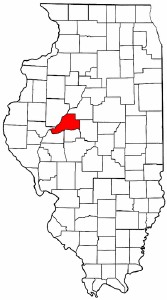History of Quiver Township part 2
–previous articles listed at bottom– PART TWO Quiver Township During the year 1842, a number of settlements were made in the township. Benjamin Ross, Daniel Waldron, William E. Magill, and George D. Coon were among the permanent settlers at the close of 1842. Ross was from Tennessee, and had settled in Cass County…

